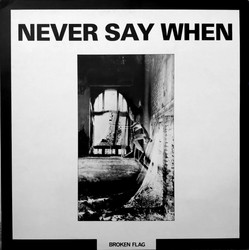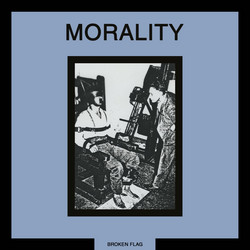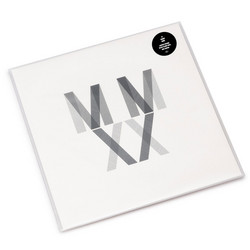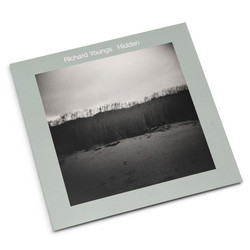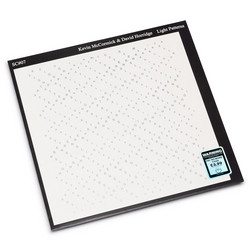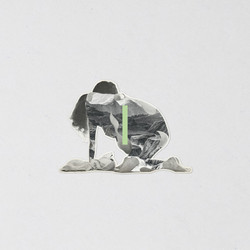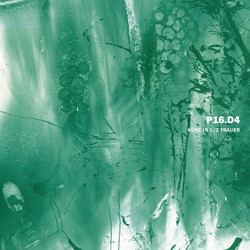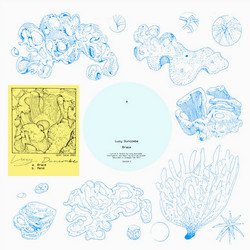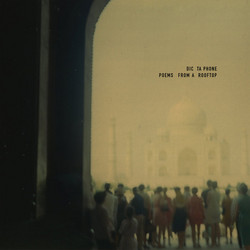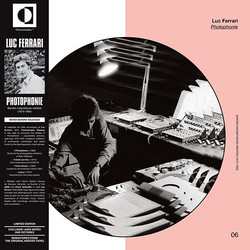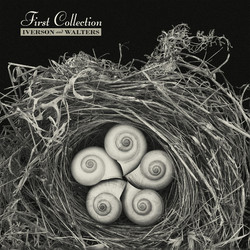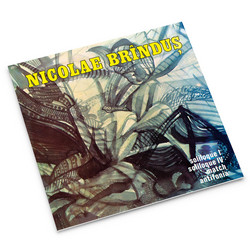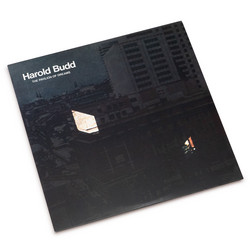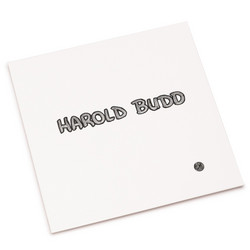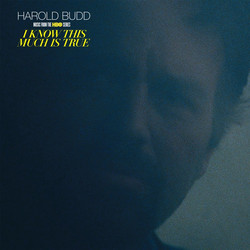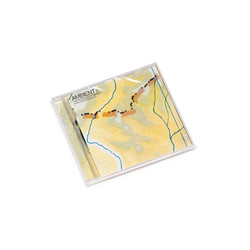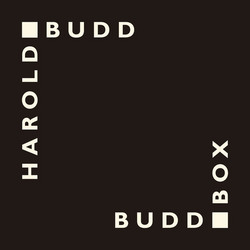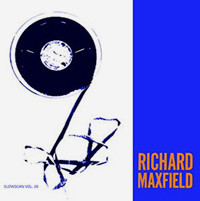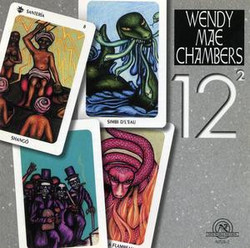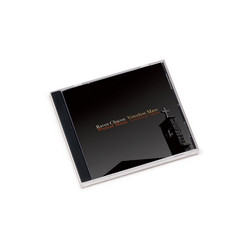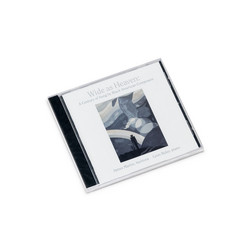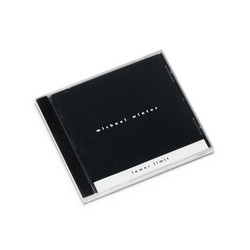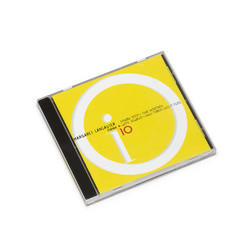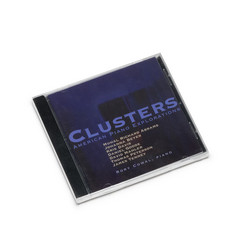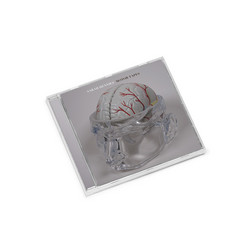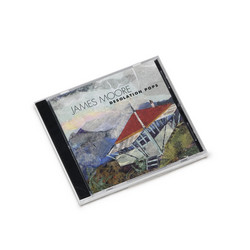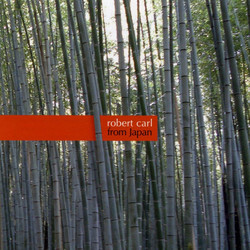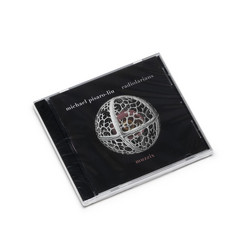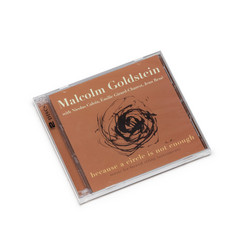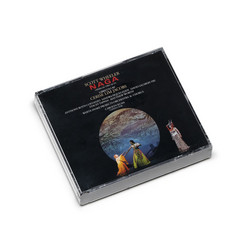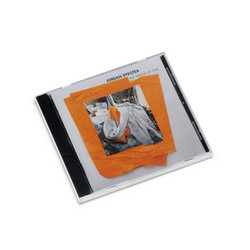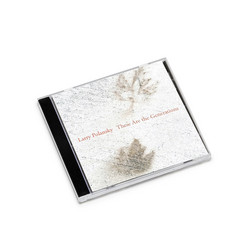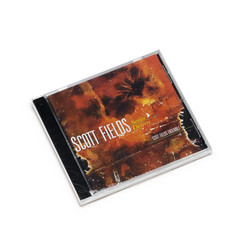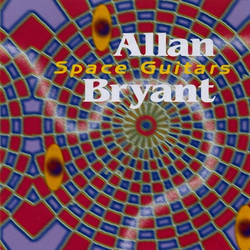Harold Budd, Richard Maxfield
The Oak of the Golden Dreams
Important reissue of two historic minimalist albums, originally released on LP via the Advance label and out of print for decades now. Mastered from original tapes according to the composers original specifications. Packaged with informative liner notes by Kyle Gann, including an overview discography for seminal works within the field of minimalism. This timely CD reissue combines two LPs from the Advance label-Richard Maxfield’s Electronic Music and Harold Budd’s The Oak of the Golden Dreams-both containing seminal works which are key to a better understanding of the musical landscape of the sixties as well as the origins of minimalism . A mostly forgotten figure, Richard Maxfield (1927-69) exerted a powerful influence over a broad range of composers through his classes at The New School. The works here predate the minimalist movement while forecasting a wide range of developments in the future of electronic work. The prophetic Pastoral Symphony (1960) is composed of continuously generated electronic tones while Bacchanale (1963) is a musique concrète collage juxtaposing jazz with Korean folk music, spoken word, and various instrumental contributions including Terry Jennings on saxophone. Piano Concert for David Tudor (1961) draws its multifarious noises from a single source-antedating in that respect Stockhausen’s Mikrophonie I for amplified tam-tam (1964). David Tudor plays live alongside a three-channel montage constructed from sounds made on the inside of the piano with chains, spinning a gyroscope on the strings, showering the strings with tiddlywink discs, and other unusual operations. Amazing Grace (1960) mixes tape loops from two sources which are played back at various speeds, causing the fragments to overlap in complex ways, predating both Riley’s and Reich’s tape-loop pieces. 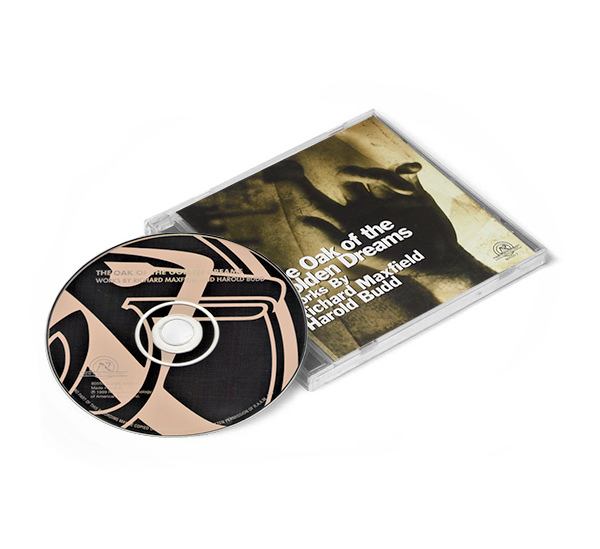
If the Maxfield pieces represent the state of new music in the months before minimalism was born, Harold Budd’s (b. 1936) works from 1970 reflect minimalism’s initial impact. The Oak of the Golden Dreams was made on the Buchla Box which Budd uses here as an electric organ capable of the kind of fast modal improv, over an unchanging E-flat drone, that Terry Riley and La Monte Young had been doing on saxophone and piano. Coeur D’Orr features a soprano sax improv against an electronic background on organ comprised of two tracks, one of which is another 1970 Budd work, the famous Candy Apple Revision
